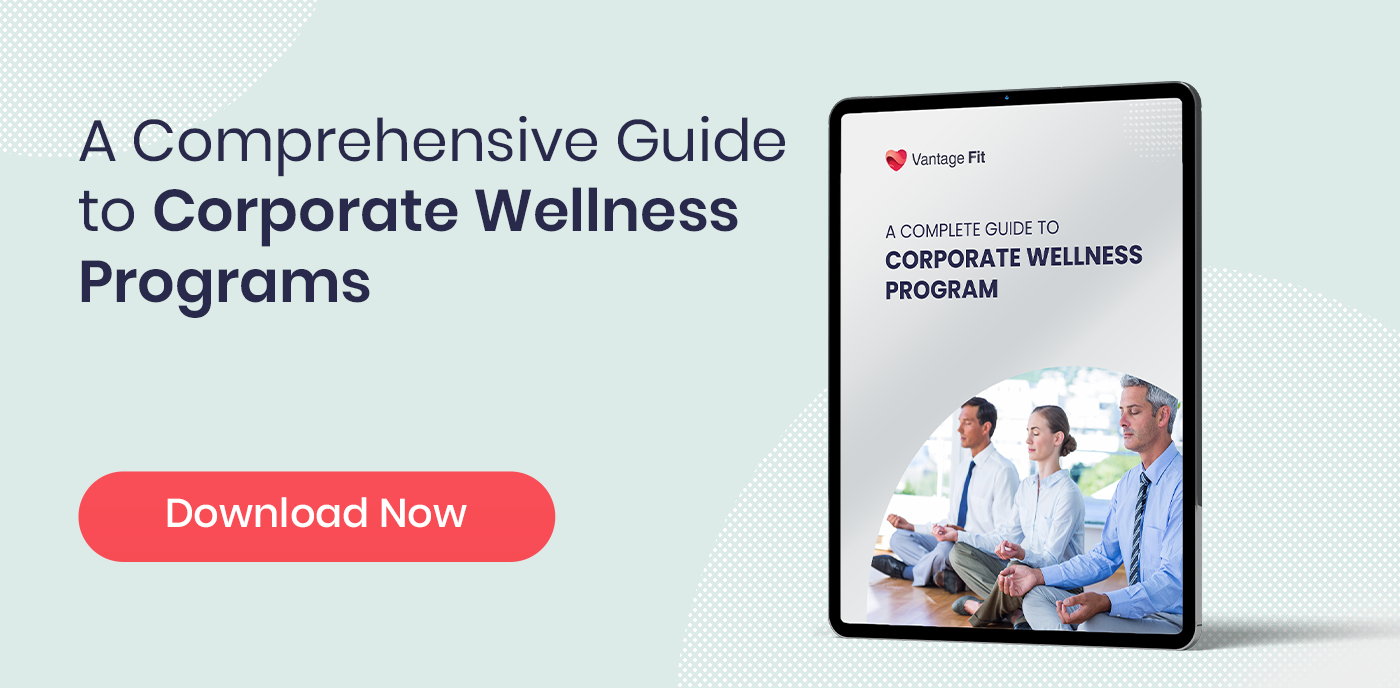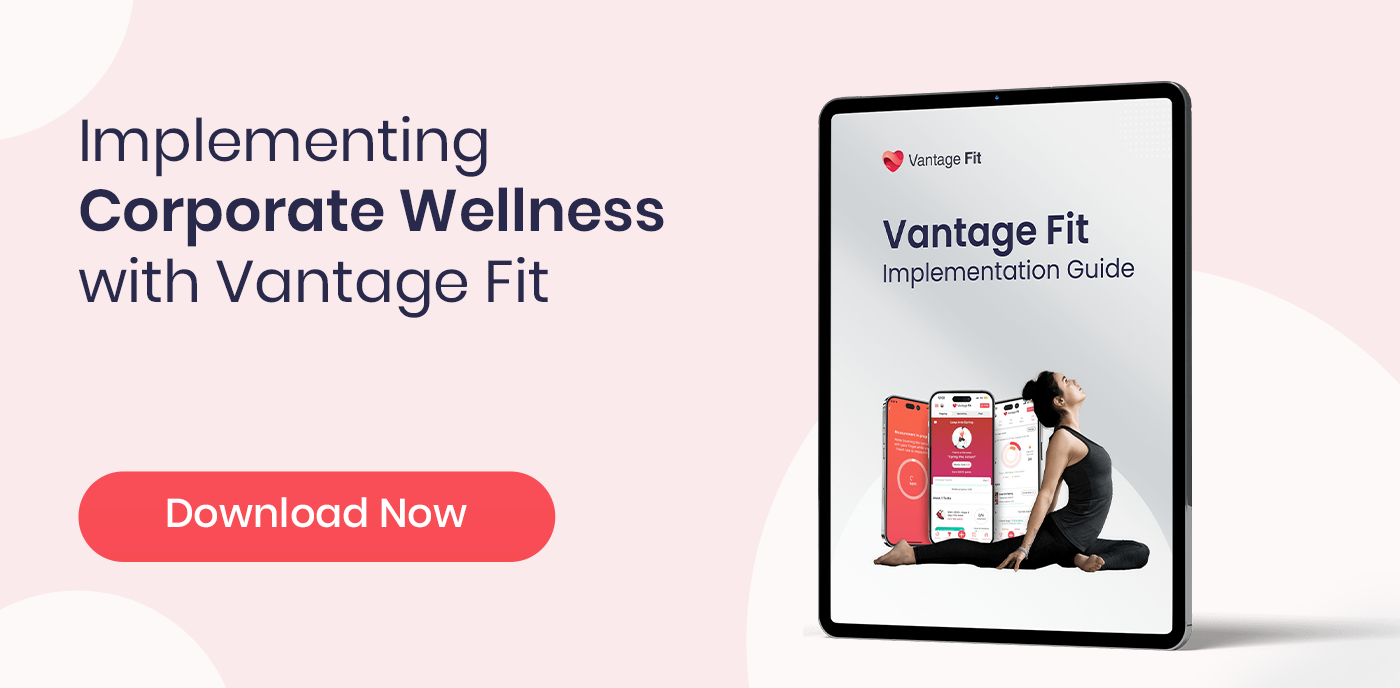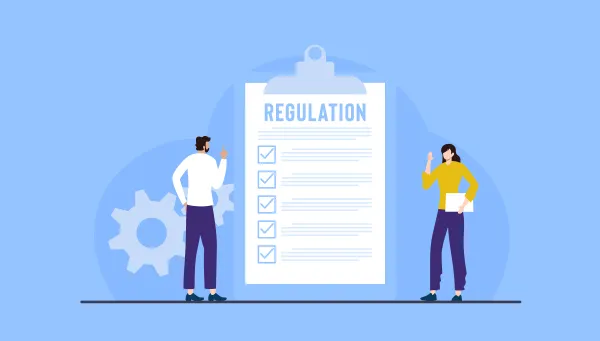Wellness Programs for Construction Companies
What is the cost of doing nothing for the health of your workforce? Think about that for a second. When workers deal with back pain, burnout, or mental health struggles, it not only hurts them but also slows down your project timeline and chips away at your bottom line. It throws off your timeline. It chips away at your bottom line.
Construction workers face more than just long hours and heavy lifting. They face staggering health risks that most industries never encounter. High injury rates, Chronic pain, Anxiety, and Depression. Even suicide.
These aren't isolated cases. They're everyday issues that affect job site safety, crew morale, and long-term productivity. And yet, many companies still overlook worker wellness in their plans. If you manage a crew, run HR, or lead a construction business, you have the power to change that.
A workplace wellness program gives your team more than a list of benefits. It gives them real support. That means fewer injuries, better focus, higher retention, and healthier teams that keep your projects moving forward.
In this blog, you'll get a closer look at the challenges your workforce faces and how wellness programs solve them. You'll learn what a successful construction wellness initiative includes, how to roll it out without disrupting your workflow, and what tools can help you scale it for every site.
Whether it's supporting physical strength, mental clarity, or financial confidence, these programs create a culture that prioritizes people. Your team shows up in every season, on every site, in every condition. They build your reputation with every beam, every bolt, every brick.
Now it's your turn to do something that keeps them going strong.
Understanding the Health Challenges Faced by Workers in the Construction Industry
You already know that construction isn't your average desk job. But do you realize just how severe the health risks have become for workers on your site? The statistics don't lie, and the consequences continue to grow. Let's break down the most pressing health challenges facing construction workers today.
1. Injury and Fatality Rates Are Alarmingly High
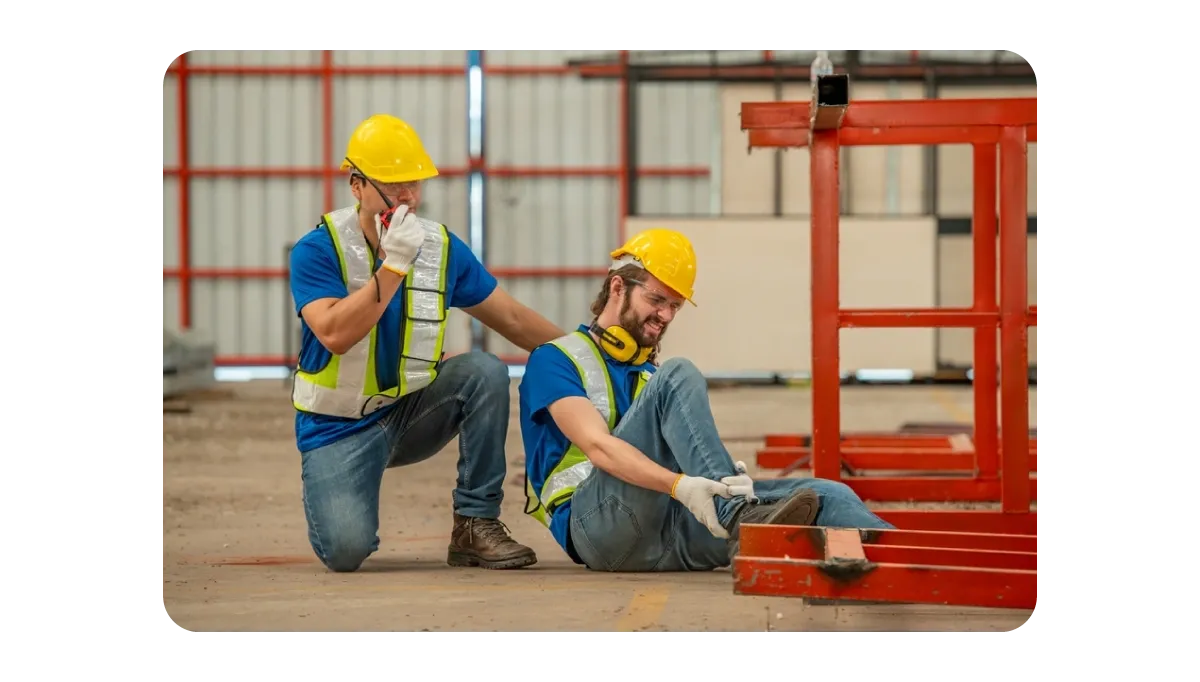
In 2023, construction sites reported 1,075 worker fatalities, making up 19.9% of all workplace deaths in the U.S.
Falls caused 421 deaths, ranking as the leading cause of fatal injuries on job sites.
One missed step or unsecured platform can lead to life-changing consequences. These numbers represent real people, not just data.
2. Chronic Pain and Musculoskeletal Disorders Are Widespread
Nearly 30 to 40% of workers deal with long-term pain in their backs, knees, or joints.
Daily lifting, kneeling, and engaging in awkward body positions can lead to severe wear and tear.
Many workers keep pushing through pain until it becomes a permanent condition.
3. Mental Health Issues Are Skyrocketing
The suicide rate in construction is 46.1 per 100,000 workers, more than twice the national average.
83% of workers have experienced mental health challenges.
Long hours, seasonal layoffs, isolation, and pressure to stay tough all contribute. Most workers never get help.
4. Substance Abuse Is a Growing Crisis
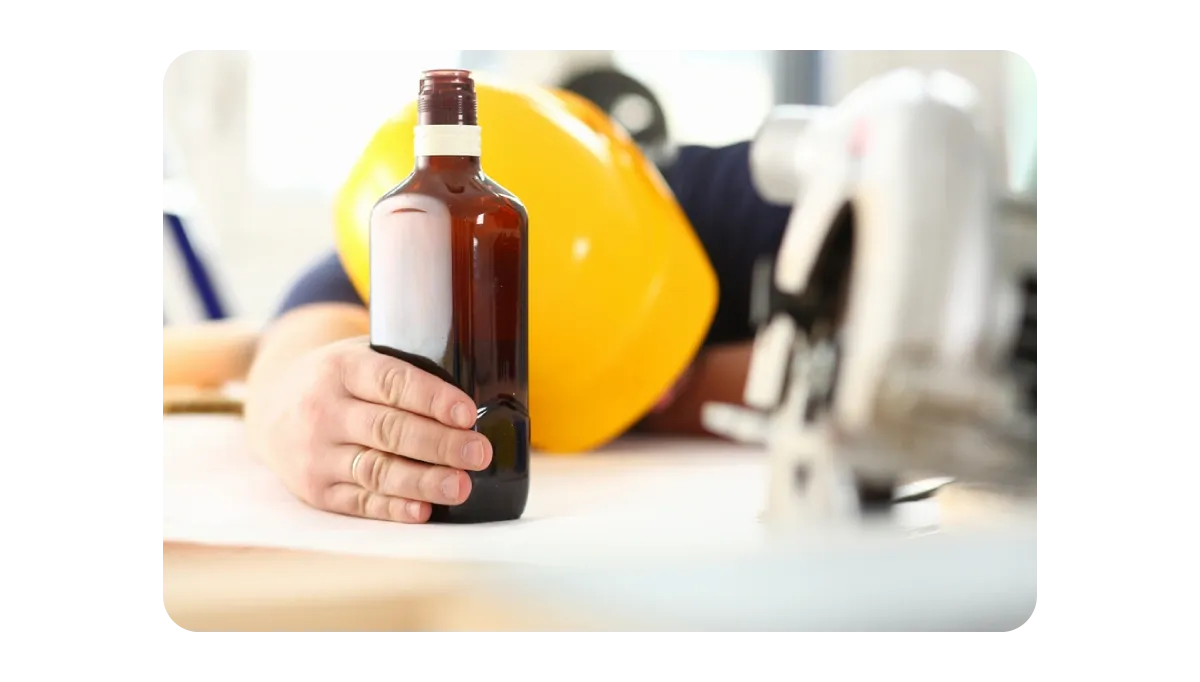
Construction workers are seven times more likely to die from opioid overdoses than the average worker.
15% report substance use disorders, while 16.5% report heavy drinking habits.
Painkillers become coping mechanisms when access to care is limited.
5. Hearing Loss and Exposure to Hazards Are Overlooked
Approximately half of all construction workers experience work-related hearing loss.
Noise from jackhammers, compressors, and saws damages hearing when left unchecked.
Long-term exposure to dust, asbestos, and silica leads to deadly conditions such as asbestosis and lung cancer.
6. Fatigue, Sleep Issues, and Poor Nutrition Drain Energy

Long commutes, shift rotations, and irregular hours lead to sleep deprivation.
Many workers depend on energy drinks and processed food instead of balanced meals.
This leads to reduced focus, higher injury risk, and slower recovery times.
7. Preventive Care and Support Services Are Often Missing
Many workers skip medical visits due to cost, time constraints, or a lack of nearby services.
Most job sites offer little to no access to health screenings, counseling, or physical therapy.
Without these basics, small issues escalate into serious health setbacks.
These aren't future risks. They're happening right now on job sites just like yours. To protect your workforce and maintain a strong business, it's essential to face these challenges directly and act.
Addressing these challenges head-on with targeted wellness programs is not just an investment in health; it's an investment in your company’s success.
What Do Wellness Programs for Construction Companies Typically Include?
Wellness programs in the construction industry must do more than promote fitness. They need to respond to the unique challenges construction workers face every day. Long hours, physical strain, emotional fatigue, and high-risk environments all take a toll.
A well-rounded program addresses both physical health and mental health, while reinforcing health and safety protocols on-site. Here's what an effective construction wellness program includes.
Physical Wellness
Construction work demands strength, flexibility, and endurance. This component focuses on improving physical health, reducing injuries, and building long-term resilience.
-
On-site health screenings for BMI, blood pressure, glucose, and cholesterol
-
Ergonomic assessments that help reduce risk from lifting and repetitive movements
-
Stretch-and-flex routines that help prevent sprains and muscle fatigue
-
Fitness challenges such as step goals, squat streaks, or strength training
-
Nutritional guidance with healthy meals, hydration tracking, and food education
-
Smoking cessation programs and chronic illness management
-
Preventive care access through mobile clinics or scheduled screenings
Mental and Emotional Wellness

Mental health issues continue to rise across the construction industry. The suicide rate among construction workers is among the highest of any sector. A strong wellness program must offer mental health support, promote suicide prevention, and create safe spaces to speak up.
-
Employee Assistance Programs that provide therapy, addiction recovery, and stress coaching
-
Stress management workshops tailored to high-risk, high-pressure roles
-
Mental health first aid training for supervisors and safety leads
-
Peer support groups and mental health champions on every job site
-
Mood tracking tools and mindfulness resources are available through mobile platforms
-
Educational campaigns that reduce stigma around mental health and substance struggles
-
Clear access to confidential mental health care for all employees
Financial Wellness
Construction workers often face irregular schedules and unpredictable income. This component supports financial literacy, planning, and peace of mind.
-
Budgeting classes and personal finance workshops
-
One-on-one coaching for debt management and savings strategies
-
Emergency savings accounts built through payroll contributions
-
Retirement and insurance education to help workers make informed choices
-
Student loan assistance and guidance around navigating healthcare costs
Also Read: Why is Employee Financial Wellness Important & How to Improve it?
Occupational and Safety Wellness
Wellness and safety should never be separate. This component supports both by integrating health with day-to-day job site practices.
-
Daily safety huddles that include wellness reminders
-
Job hazard assessments that account for ergonomic and environmental risk
-
Proper PPE training focused on fit, comfort, and use
-
Health education that targets silica dust, asbestos, and other long-term risks
-
Hearing and respiratory protection programs tailored to site-specific hazards
Also Read: Occupational Wellness: Key Benefits, Aspects, and Ways to Improve
Environmental Wellness
Workers spend most of their time exposed to unpredictable physical environments. This element ensures the space around them supports their well-being.
-
Noise control policies and consistent air quality monitoring
-
Heat illness prevention through shaded areas, cool-down stations, and water access
-
Clean sanitation areas with handwashing, toilets, and rest spaces
-
Lighting improvements and layout adjustments that reduce physical strain
Also Read: Environmental Wellness in the Workplace: Importance & Strategies to Improve
Social and Community Wellness

Construction work can be isolating. This component fosters community, strengthens teams, and helps employees feel connected to something greater than their tasks.
-
Wellness challenges that encourage collaboration and healthy competition
-
Recognition programs that reward progress in health and safety
-
Team-building activities like wellness fairs or on-site group workouts
-
Mentorship programs that pair new workers with seasoned professionals
-
Volunteer days that allow crews to give back to local communities
Digital Wellness and Mobile Access
Construction workers are rarely in one place, and many don't sit at desks. Mobile access makes wellness reachable anytime, anywhere.
-
Mobile apps that offer goal setting, health tracking, and mental check-ins
-
Gamified challenges that create engagement through points and rewards
-
Daily nudges and reminders to stay active and consistent
-
Multilingual features that reflect the diversity of construction teams
-
Offline functionality for remote or low-connectivity job sites
Also Read: 10 Employee Wellness Apps For Your Corporate Health and Well-Being
When you focus on developing and implementing programs that include mental and emotional wellness, physical health support, and financial care, you build more than a benefit package.
You build trust, resilience, and a healthier workforce. Each of these elements helps employees feel valued, protected, and equipped to thrive both on and off the job site.
Benefits of Investing in Workplace Wellness Programs for Construction Companies
You don't need to guess whether wellness programs work. The results speak for themselves. When you prioritize your workers' well-being, you don't just help them stay healthy; you improve every part of your business. Here's how wellness programs deliver measurable value.
How Workers Benefit
-
Fewer injuries, faster recovery. Regular screenings, ergonomic training, and mobility exercises help reduce the risk of accidents and enable workers to recover quickly if an incident does occur.
-
Better physical stamina on the job. Fitness support helps workers stay stronger and more energized throughout demanding shifts, especially in extreme weather conditions or physically intense roles.
-
Stronger mental health and emotional resilience. Access to counseling, mood tracking, and stress management tools helps workers handle pressure, avoid burnout, and feel more in control.
-
Improved nutrition and energy levels. Wellness programs often include meal planning support, hydration reminders, and healthy eating initiatives that boost both mood and performance.
-
Support for substance use and recovery Programs that include addiction recovery support, peer counseling, and access to medical help give workers a real chance to stay clean and stay employed.
-
Increased motivation and morale. When workers feel that the company genuinely cares about their health, it fosters loyalty, pride, and a sense of team spirit.
How Employers Benefit

-
Lower injury rates and fewer claims. Safer, healthier workers mean fewer accidents, which in turn reduce compensation claims and insurance premiums.
-
Higher productivity on-site Healthy workers take fewer sick days, focus better, and complete tasks faster and more accurately on-site.
-
Stronger retention and reduced turnover. Workers stay with companies that invest in them. Wellness programs create long-term engagement and trust.
-
Improved recruiting and employer branding. Offering a wellness program makes your company more attractive to top talent who want to work for an employer that values safety and well-being.
-
Clear return on investment. Companies often report a $3 return for every $1 invested in wellness programs, driven by lower healthcare costs, fewer injuries, and increased worker productivity.
-
Better team dynamics and fewer HR issues. Wellness programs help reduce conflict, absenteeism, and chronic stress, all of which erode team performance and morale.
Best Strategies for Implementing Wellness Programs
Planning a wellness program is one thing. Getting it to work on a construction site is another. You need more than ideas. You need strategies that stick. Construction companies operate in high-pressure environments with tight schedules, rotating shifts, and a workforce spread across multiple sites.
The good news is that wellness programs can be tailored for any team size or budget.
Small crews can focus on low-cost, high-impact activities like daily stretch breaks and hydration challenges.
Medium teams can add digital tracking tools and mental health workshops.
Large companies can integrate full-scale mobile platforms and multi-site wellness campaigns.
So how do you launch a program that reaches everyone and delivers real impact?
1. Start With a Site-Wide Wellness Audit
Before you build anything, assess what's already in place. Review injury logs, absenteeism rates, health claims, and employee feedback to identify areas for improvement. Identify the most common physical and mental health issues your teams face. Use this data to tailor your wellness plan to the actual needs of your crew.
2. Design Flexible Programs That Fit the Job
Rigid, one-size-fits-all programs won't work in construction. Create wellness plans that fit around shift patterns, site schedules, and team structures. Offer multiple access points. Some workers may prefer mobile wellness apps. Others may respond to in-person support or toolbox talks.
3. Use Mobile-First, Worker-Friendly Tools

Choose tools that workers can access on-site and on the go. Apps like Vantage Fit offer daily wellness check-ins, fitness challenges, meal and hydration tracking, and mood logs. When tools are easy to use and mobile-friendly, participation stays high.
4. Integrate Wellness Into Existing Safety Culture
Do not treat wellness as a separate project. Fold it into your health and safety framework. Use toolbox talks to address mental health. Add short movement breaks during safety huddles. Treat mental health support as essential as PPE training.
5. Appoint Wellness Champions on Each Site
Recruit respected team members to lead wellness efforts on the ground. These champions encourage participation, share resources, and maintain momentum. They make the program feel real and build trust across the crew.
6. Offer Gamified Challenges With Tangible Rewards
Gamification increases engagement. Run team-based or individual wellness challenges, such as the most steps walked or the most water logged in a week. Use a points system that leads to gift cards, gear, or public recognition. When workers see clear, achievable goals and tangible rewards, they stay motivated.
Also Read: How to Use Gamification in the Workplace Effectively
7. Track Progress With Clear Metrics
Measure participation rates, injury reports, mental health support usage, and absenteeism over time. Share results with leadership and employees so everyone sees the impact. Use these insights to refine the program regularly.
8. Promote Consistently and Celebrate Small Wins

Keep wellness visible with posters, digital reminders, and monthly highlights. Celebrate small milestones such as improved health screenings or mental health workshop attendance. Recognition reinforces commitment and drives momentum.
Invest in Your Crew's Health Today
Construction workers push their limits every day. From physical strain to mental health challenges, the risks are high, but so is the potential for change. By prioritizing wellness, you're not just preventing injuries or reducing downtime. You're building a culture that values people as much as productivity.
Vantage Fit empowers you to bring that culture to life. Our all-in-one wellness platform supports physical health, mental wellness, nutrition, and more, designed specifically to meet the demands of the construction industry. It's mobile-first, easy to roll out across job sites, and built for real-world crews.
Take the first step toward a stronger, healthier workforce. Schedule your free demo today and see how Vantage Fit fits your team's needs.
FAQs
What types of wellness programs does Vantage Fit offer for construction companies?
Vantage Fit offers mobile-first wellness programs, including fitness tracking, mental health support, nutrition, team challenges, and personalized assessments built for job sites.
How to create a wellness program?
To create a wellness program start with a needs assessment, set clear goals, and use a platform like Vantage Fit for easy implementation.
How much do companies pay for wellness programs?
Costs of wellness programs vary based on team size and features. Some programs start under $10 per employee per month.
What's the ROI of wellness programs?
ROI on average, companies see a $3 return for every $1 spent through reduced healthcare costs and improved productivity.
Are companies legally required to offer wellness benefits?
No, but offering wellness benefits can reduce liability and improve compliance with OSHA and ADA standards.
What are some fitness challenge ideas for construction workers?
Some office fitness challenges are step challenges, hydration goals, strength circuits, or job-site movement streaks.
What are the goals and objectives of a wellness program?
Typical goals and objesctives include reducing injuries, improving morale, supporting mental health, and increasing engagement.
How to evaluate a wellness program?
To evaluate a wellness program track participation, health outcomes, and cost savings over time to measure success.
How to support the mental health of construction workers?
Offer access to counseling, run mental health workshops, train supervisors, and promote open dialogue.
